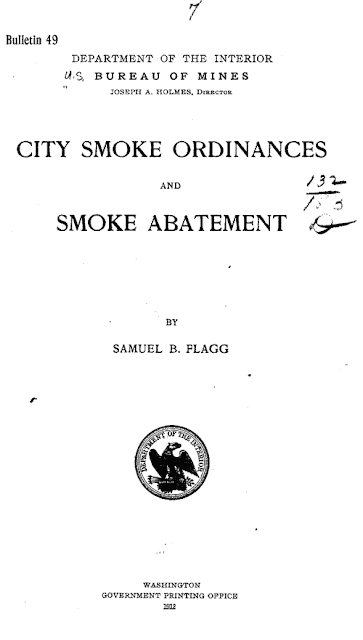“Sustainability
is the key principle”—that’s how
Bernhard Mittermüller describes the great Austrian
Forest Act of 1975 in my
latest video, “Preservation Waltz.” Mittermüller teaches at the University of
Natural Resources and Life Sciences in Vienna, fondly known as BOKU, and he was
kind enough to speak with me for this latest addition to my series about
Austrian conceptions of law and the Austrian experience of landscape (discussed
previously on ELH
here
and
here).
One
of the things that intrigued me during my Fulbright stay in Austria was the way
that many of its modern, progressive legal concepts grew out its monarchical
past, and they bear traces of that royal origin. In Austria, the echo of
monarchy is everywhere, including in jurisprudence.
That’s
certainly true of the legal concept of environmental sustainability, which now is
enshrined in Austrian constitutional law as a national aspiration. Ironically,
the regulation of Austrian forests today grew from the efforts of early modern archdukes
and prince bishops to protect the woods because of the critical role wood
played in the mining industry. This form of environmental protection involved a
forceful assertion of power over the local population.
Even
more deeply, the regulation of forests in Austria is inextricable from the
development of the modern state as a whole. Whereas in England, the first use
of the term “common law” was as a contrast to the law of the forest, in Austria
the growth of the national approach to law and governance was based in a
meaningful degree on the regulation of
the woods, as the spirited legal historian
Martin Schennach of the University of Innsbruck explains.
And
so the beauty of the well-tended Austrian landscape, which today forms the
life-blood of the tourist economy on which the nation depends; the restriction
of private autonomy in relation not only to environmental resources but as a
general matter of Austrian social life; the progressive vindication of an ideal
of the public good; and the social hierarchy of the Mandarin administrative apparatus
which took the place of royal authority—all were of a piece in the formation of
Austrian identity. And these links can be perceived, and caught on film, shimmering
and hovering about everyday Austrian life.
The
video isn’t only about the protection of the forests. It’s called “Preservation
Waltz,” and it also meditates on the principles of sustainability, community, and
order in two other fields involving law and wood. The first area is Austrian
domestic architecture, discussed by
Karim Giese of the University of Salzburg, which prizes harmony and uniformity as
a form of cultural sustainability. Construction law in Austria is guided by the
same resistance to market liberalization present in Austrian forest law.
The
second area is the preservation of books (made from paper, derived from wood). The
video indeed is structured around a conversation with
Renate Schönmayr,
director of the University of Salzburg’s law library, which I hope playfully links
its look at forest and construction law with larger cultural themes about what
it means to conserve, safeguard, and study the past.
Want
to learn more about Austrian forests and forest law?
Here a link to an English-language
section of the Austrian forest ministry.
Here
is the English translation of the Austrian forest report of 2015. And
here is the
contemporary, amended forest legislation in German. And
here is the video:









